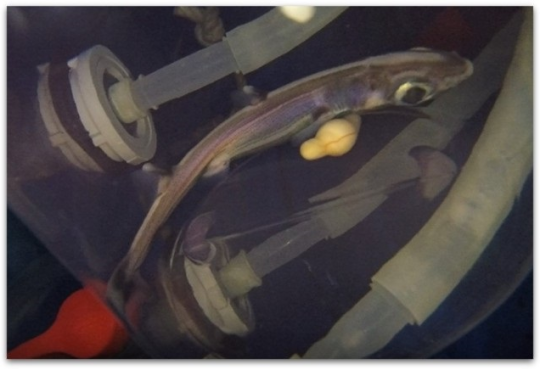
Their conclusions are based on genomic datasets extracted from ancient DNA and modern gene sets, combined with paleoenvironmental evidence.
Our species appeared in Africa more than 300,000 years ago, with a migration from the continent 60,000 to 70,000 years ago, heralding the beginning of the global spread of Homo sapiens.
But where did these pioneers go after they left Africa?
After years of debate, a new study offers an answer.
These hunter-gatherer groups appear to have persisted for thousands of years as a homogeneous population in an area that stretched between Iran, southeastern Iraq and northeastern Saudi Arabia before settling across Asia and Europe about 45,000 years ago, the scientists reported.
Their conclusions are based on sets of genomic data extracted from ancient DNA and modern gene sets, combined with paleoenvironmental evidence showing that the region would have been an ideal habitat.
Scientists have called the region, part of what’s called the Persian Plateau, a “hub” for these people – who may have numbered only in the thousands – before moving further afield millennia later.
Our results provide the first complete picture of where the ancestors of all present-day non-Africans were during the early stages of the colonization of Eurasia, said molecular anthropologist Luca Pagani of the University of Padua in Italy, who led the study published in the journal Nature Communications.
Anthropologist and study co-author Michael Petraglia, director of the Australian Research Center for Human Evolution at Griffith University, said the study was a story about us and our history – the aim was to unravel some of the mysteries of our evolution and our spread around the world.
The combination of genetic and paleoecological models allowed us to predict where the first human populations lived as soon as they left Africa, Petraglia added.
- These people lived in small, mobile hunter-gatherer groups, scientists say.
The site offers a variety of conditions, from forests to grasslands and savannahs, changing over time depending on dry and wet periods.
There were ample resources available, and evidence shows that there was hunting of wild gazelles, sheep and goats, Petraglia said.
Their diet consisted of edible plants and small to large game. The hunter-gatherer groups appear to have practiced a seasonal lifestyle, living in the lowlands in the colder months and in the mountainous regions in the warmer months, Petraglia said.
People who lived in the area at the time apparently had dark skin and dark hair, perhaps similar to people who now live in parts of East Africa, Pagani said.
Cave art appeared as soon as people left the area, so these cultural achievements may have been created while they were in the area, Pagani explains.
Their eventual spread in different directions outside that area set the stage for genetic divergence between present-day East Asians and Europeans, scientists say.
The study included modern and ancient genomic data for Europeans and Asians.
“We found that the oldest genomes, dating from 45,000 to 35,000 years ago, are particularly useful,” said molecular anthropologist and lead study author Leonardo Vallini of the University of Padua and the University of Mainz in Germany.
Scientists have devised a way to untangle the extensive genetic mixing of populations that occurred after the dispersal from the area in order to pinpoint the area where Homo sapiens first arrived from Africa.
There used to be smaller forays of Homo sapiens out of Africa before the key migration 60,000 to 70,000 years ago, but they appear to have been dead ends.
Homo sapiens is not the first human species to have lived outside of Africa, including the area covered by this study.
The ancient interbreeding of our species left a small Neanderthal contribution to the DNA of modern non-Africans.
Neanderthals are confirmed to have been in the area before the arrival of Homo sapiens, so the area may have been where that interaction took place, Vallini said.








